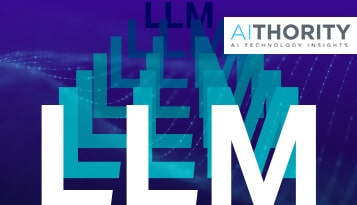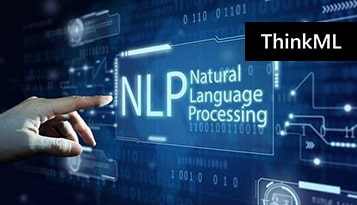Data de-identification plays a crucial role in our data-driven world, anonymizing personally identifiable information (PII) and protected health information (PHI) to safeguard individual privacy. This blog delves into five key aspects you should know about this practice:
- HIPAA Compliance: The Health Insurance Portability and Accountability Act (HIPAA) mandates data de-identification before public disclosure. Two methods ensure effective filtration: expert determination (using statistical analysis) and safe harbor (meeting a checklist of 18 criteria).
- Balancing Privacy and Utility: Healthcare data’s interconnected nature poses challenges. Removing specific elements like age or gender might be ineffective due to underlying correlations. De-identification methods must consider potential research, diagnosis, and treatment implications.
- Beyond Healthcare: Data de-identification extends to various domains. Businesses use it for research and analysis, mining companies protect site locations, and environmental agencies shield endangered species. The approach varies depending on the purpose and industry.
- Data Masking vs. De-Identification: While similar-sounding, they differ significantly. Data masking replaces PII with random values, potentially allowing decryption with access. Data de-identification permanently removes or alters data, making re-identification impossible.
- De-Identification Process and Best Practices: Healthcare professionals use technical solutions and software to remove identifiers like name, address, date of birth, and location. Techniques involve encryption, coding, and advanced algorithms to minimize reversibility.
Read the full article here:
https://dzone.com/articles/five-best-data-de-identification-tools-to-protect



